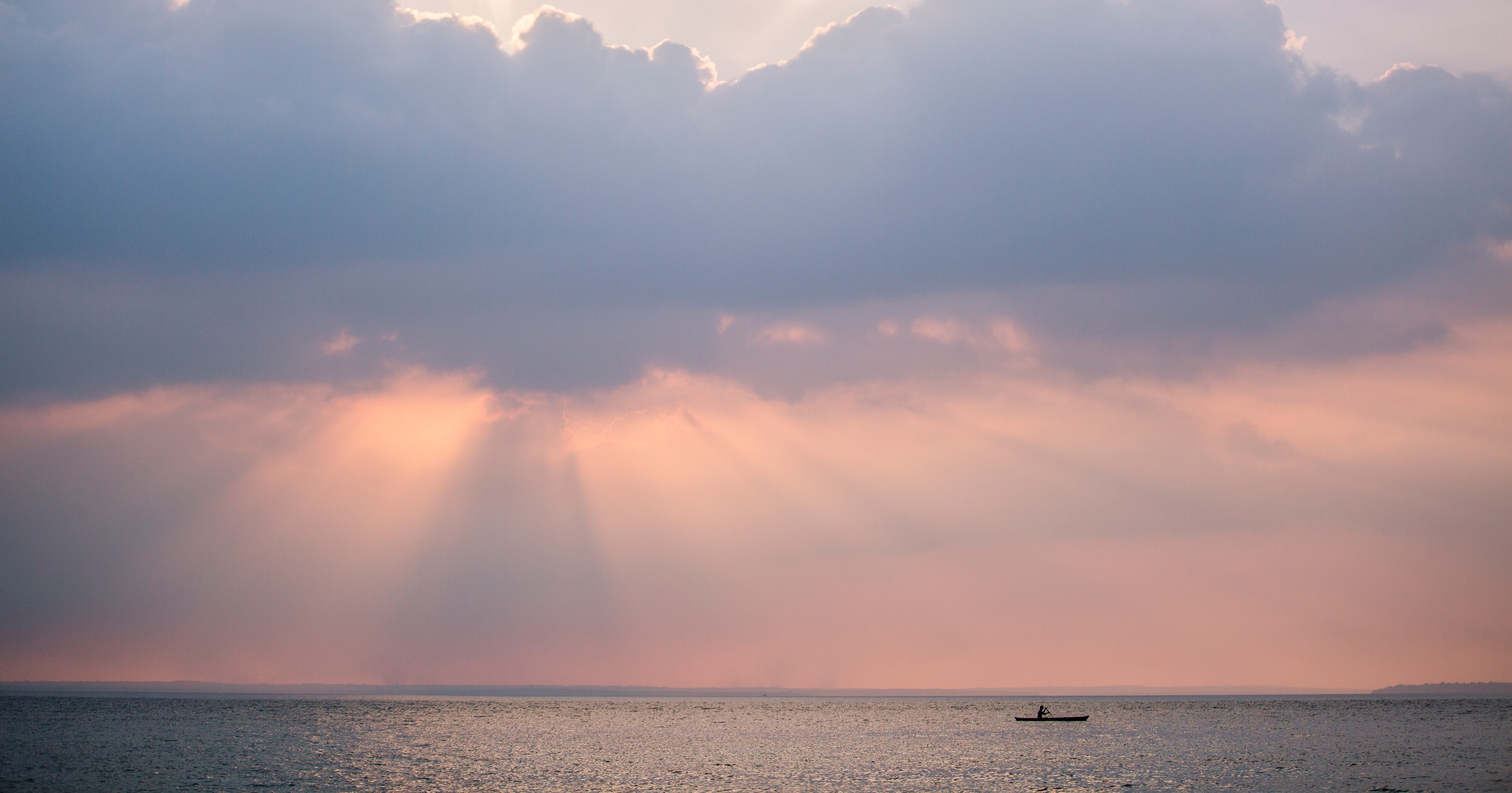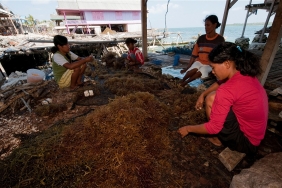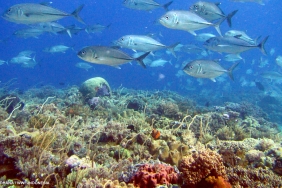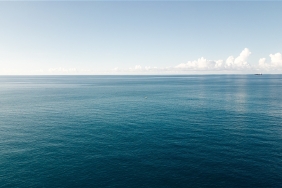A RESPONSIBLE AND SUSTAINABLE BAMETI? BRING IT ON!
By Amkieltiela
Women and children in the Coast of Maluku have their very own tradition which has been passed down from generations that is called Bameti. Bameti is a practice of marine resource collection when low tide occurs. Bameti is common in wide and sloping terrain where low tide often occurs as far as hundreds of meters from the shore, therefore forming pools where potential marine biota flocked (Pattiasina 2010). This practice is also popular when waves are huge where fishermen are reluctant to go to sea, resulting in high prices of fish (Pical 2007; Pattiasina 2010).
Pia-pia, sea snail (Trochus niloticus), octopus (Octopus vulgaris), pacific pololo worm (Eunice Fucata), trumpets (Syrinx aruanus; Cypraecassis rufa; Cassis cornuta), small fishes and clams are common species in the region. The methods of collecting also varies, such as the use of dried coconut leaves, crowbar, machete and spear to scrape mollusk and other biota that are attached to reefs. They usually step on the reef while collecting the biota.
This kind of tradition is not only found in Indonesia, but in other countries as well, such as Samoa Island, Vitilevu Island in Fiji, Pamilacan Island in Philippines, and many others that are also contribute to large fisheries production. In Samoa, for instance, the tradition that is called ‘gleaning’ contribute 18 tons/km2 per year just for the fish production alone. Higher number occurred in Vitilevu in Fiji, which was 3500 tons per year (1996), where the artisanal fisheries reached 6200 tons per year. From the 1986 fisheries Pamilacan production data in Philippine shows Bameti production reached 7.2 tons/km2 per year (Baran 2002).
Although Bameti has a positive impact socially, this practice is prone on damaging the environment in coastal area in long term (Tetelepta 2011). In her study, she also added that the activity of Bameti in Maluku have been included in the category of medium level of destruction, and if this continues, it could potentially rises into heavy level of destruction. Aside from environmentally-destructive collecting method, the high number of people that gather in one place at the same time also contributes to environmental damage and potential loss of particular invertebrate species (Cohen & Alexander 2013). This, supported by Baran study result (2002) proves that Bameti is indeed could destroy the environment.
WWF-Indonesia sees Bameti as a national heritage that needs to be preserved, but at the same time needs to be managed properly so it would not generate further environmental damage to the coastal area and the people could continue the tradition in the coming future. One effort is through ‘Sasi’ reinforcement. The popular term for this local regulation is an excellent weapon to overcome the problem. ‘Sasi’ could arrange regulations such as seasonal closure, biota size and amount limitation. But there are also other things that must be taken into consideration, for example target selection, prohibitation on collecting juvenile and its habitat, and sufficient collection. One problem to consider when implementing the seasonal closure is the species reproduction ability. In Hawai, for instance, the 1-2 years of seasonal closure is considered too short to restore the stock in the wild because the species need more than 2 years of time to grow and reproduce (Cohen & Alexander 2013).
An agreement among villages is needed regarding the conservation of Bameti area which includes joint movement to improve community awareness on the importance of protecting the marine resource; raising support from local stakeholders such as local government, law enforcer, NGO, academic institution and central government; and includes Bameti into coastal zone management. Alternative source of economy for the community is also needed to support the conservation effort of responsible and sustainable Bameti.
Kei Island is one of the location which WWF-Indonesia concentrate their work on. WWF-Indonesia started their work in Kei since 2004 and cooperate with local NGO, SIRAN Foundation, to study and assesses the fishery utilization pattern. Leatherback sea turtle is one of local species whose population have been declining in recent years. WWF-Indonesia, together with the government and local community begin to facilitate the management plan of 150,000 hectare of Marine Protected Area (MPA) which officially proclaimed through Regent decree.
In addition, WWF-Indonesia also conducted participatory mapping to improve women capacity building in Kei and its surrounding area with the help from STIA Langgur students as the facilitator. The purpose of this study is to collect information on local activities around Bameti area and conduct a number of trainings for women in order to get an illustration of activities in and around Bameti area. The trainings have been conducted in 16 villages in the last 3 years (2011-2013).
Bibliography
Baran, E. 2002.The Importance of non-commercial fish.Chap. 5.5.2.11 in the UNESCO Encyclopedia of Life Support Systems (theme “Fisheries and Aquaculture”). In Press.
Cohen, P.J. & T.J. Alexander. 2013. Catch Rates, Composition and Fish Size from Reefs Managed with Periodically-Harvested Closures.Plos One 8(9), 16 September 16 2013: 13 hlm.
Pattiasina, J.\ 2010.Tradisi Bameti. 2 hlm.
Pical, V.J. 2007.RingkasanDisertasi: Dampak Perubahan Sistem Pemerintahan Desa Terhadap Pengelolaan Sumber daya Kelautan dan Perikanan di Pedesaan Maluku dalam Masyarakat Indonesia. 2006. Lipi Press: 198 hlm.
Tetelepta, J.M.S., 2011. PengelolaanSumberdayaAlamPesisir Di KecamatanNusalaut. DampakPadaKeberlanjutan Pembangunan Pulau-Pulau Kecil. Ichthyos, Vol. 10 No. 2, Juli 2011: 95-101.
For more information, please contact:
Meentje Simatauw
Community Empowerment Coral Triangle
msimatauw@wwf.or.id
Jan Manuputty
Project Leader Kei Coral Triangle
jmanuputty@wwf.or.id
Translated by Imanda Pradana





